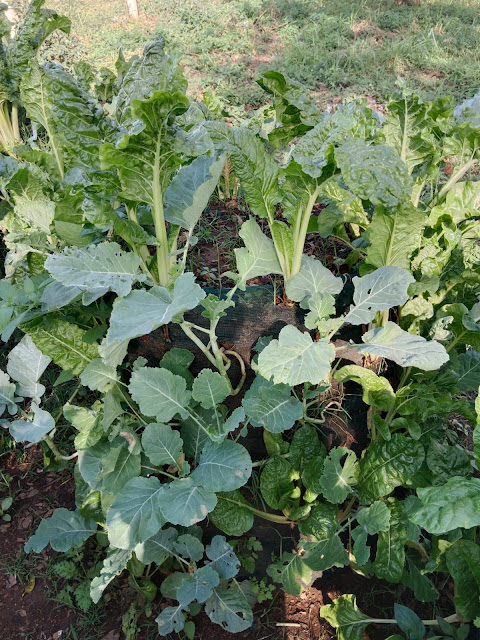Vertical farming is a method of growing vegetables in vertically stacked layers, often using hydroponics, in a controlled environment. It allows for year-round production of fresh, nutrient-rich vegetables in a smaller footprint compared to traditional farming methods.
There are several ways in which vertical farming can support household food security.
Increased production: Vertical farming can produce a larger quantity of vegetables in a smaller space, making it more efficient and cost-effective. This can help households have access to a consistent and reliable source of fresh produce.
Reduced food waste: Vertical farming can help reduce food waste by allowing for precise control of the growing environment. This can result in higher crop yields and less spoilage.
Improved food safety: Vertical farming can reduce the risk of foodborne illnesses by controlling the growing environment and using hydroponics, which eliminates the need for soil that may contain harmful bacteria.
Increased accessibility: Vertical farming can be set up in urban areas, making fresh produce more accessible to households that may not have access to traditional farming methods.
Enhanced food security: Vertical farming can improve food security by providing a reliable and consistent source of fresh produce, even during times of economic or environmental stress.
Overall, vertical farming can
play a significant role in supporting household food security by increasing the
production, accessibility, and safety of fresh vegetables.
.jpeg)
.jpeg)

.jpeg)
.jpeg)
.jpeg)
.jpeg)

.jpeg)
.jpeg)
.jpeg)
.jpeg)


%20(1).jpg)



No comments:
Post a Comment